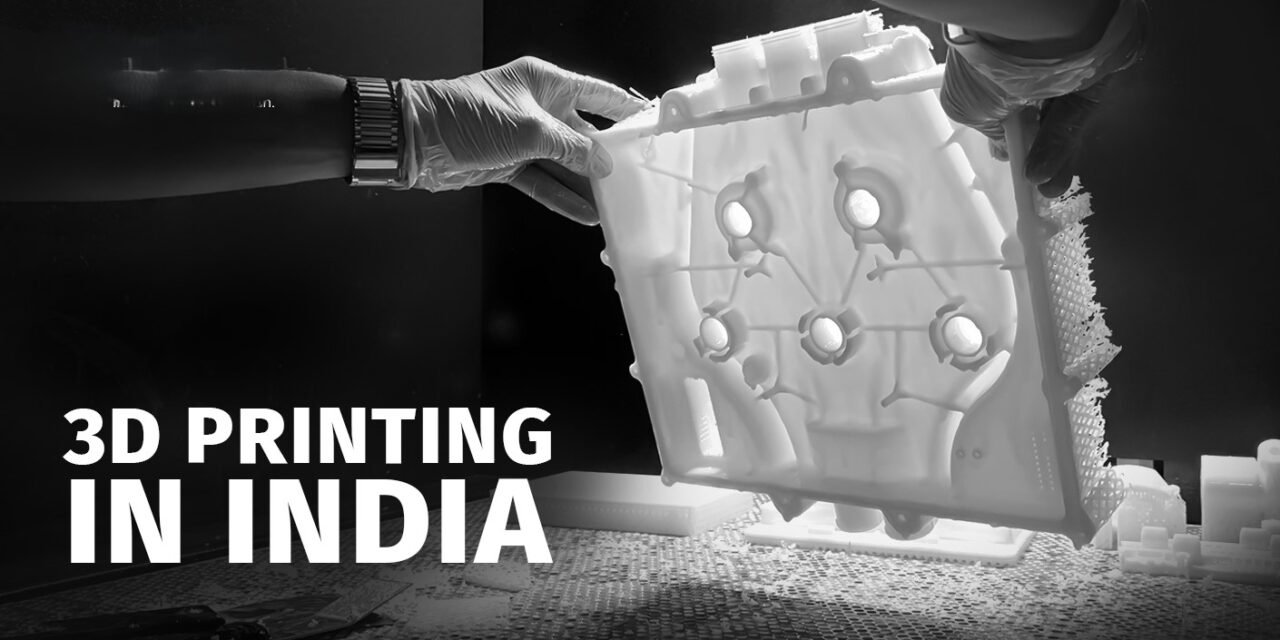
3D Printing in India: A Game-Changer for Customized Medical Devices

India is witnessing a transformative shift in healthcare through the adoption of 3D printing technology, enabling the creation of customized medical devices that enhance patient outcomes and operational efficiency.
Key Developments:
- Incredible AM’s Milestone: Incredible AM, a leading Indian medical 3D printing company, has delivered over 600 patient-specific implants (PSIs), showcasing the potential of 3D printing in personalized healthcare solutions.
- Hospital-Based 3D Printing Labs: Apollo Hospitals, in collaboration with Anatomiz3D Medtech, has established in-house 3D printing labs across India. These facilities enable doctors to visualize and print implants for complex cases, making customized medical devices more accessible to patients.
- Sparsh Hospitals’ On-Site Lab: Sparsh Hospitals has launched India’s first advanced on-site 3D printing lab, revolutionizing orthopedic and personalized medical care by offering comprehensive solutions—from scanning to the creation of final customized models—under one roof.
Market Growth:
The Indian 3D printing medical devices market is valued at USD 63 million in 2023 and is projected to expand at a compound annual growth rate of 17.8%, reaching USD 222 million by 2030.
Applications in Healthcare:
- Orthopedics and Dentistry: 3D printing is extensively used for creating patient-specific implants and dental prosthetics, leading to improved fit and functionality.
- Prosthetics: The technology facilitates the production of affordable, customized prosthetic limbs, significantly enhancing the quality of life for amputees.
- Surgical Planning: 3D-printed anatomical models assist surgeons in preoperative planning, resulting in more precise and effective surgical interventions.
Advantages:
- Customization: 3D printing enables the creation of medical devices tailored to individual patient anatomies, improving comfort and outcomes.
- Cost-Effectiveness: By streamlining production processes, 3D printing reduces manufacturing costs and time-to-market for medical devices.
- Accessibility: The technology allows for decentralized production, making medical devices more accessible, especially in rural areas.
Challenges:
- Regulatory Hurdles: Ensuring compliance with medical device regulations is crucial for the widespread adoption of 3D-printed solutions.
- Standardization: Developing standardized protocols for 3D printing in healthcare is essential to maintain quality and safety.




























